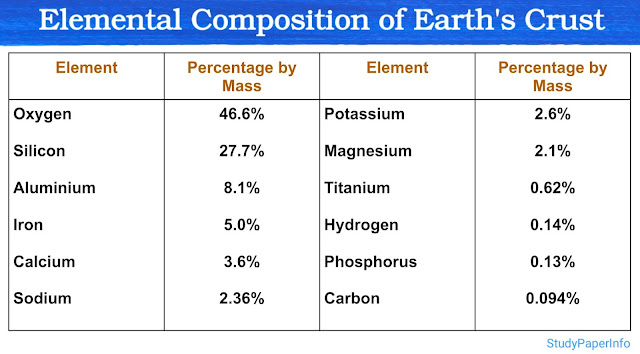Dalton's Atomic Theory
An atom is the smallest unit of matter, consisting of a nucleus and electrons. The nucleus contains positively charged protons and uncharged neutrons, while negatively charged electrons orbit the nucleus in specific energy levels or shells. Atoms combine to form molecules, which make up all substances around us. The number of protons in an atom's nucleus determines its element and the arrangement of electrons influences its chemical behavior. Atoms are incredibly small, usually measured in nanometers. The concept of the atom was first proposed by the ancient Greek philosopher Democritus, who proposed its existence around 400 BCE. However, modern atomic theory began to take shape with the work of scientists like John Dalton in 1803, who introduced the idea of atoms as indivisible particles. J.J. Thomson's discovery of the electron in 1897, Rutherford's discovery of the nucleus in 1911, and Niels Bohr's model of the atom in 1913 further refined our understanding of atomic structure.
Dalton's Atomic Theory
Dalton's atomic theory, proposed by the English physicist and chemist John Dalton in the early 19th century, is a fundamental concept in chemistry that revolutionized the understanding of matter.
John Dalton introduced his atomic theory in 1803 as part of his research on chemical combinations. This groundbreaking theory laid the foundation for modern chemistry. It was later elaborated and formally published in 1808 in his book "A New System of Chemical Philosophy", in which he proposed the following postulates, to explain the laws of chemical combination.
Postulates of Dalton's Atomic Theory
Here are the key postulates of Dalton's atomic theory:
- Dalton proposed that all matter is composed of tiny, indivisible particles called atoms. According to this postulate, atoms are the fundamental building blocks of matter and cannot be further divided into smaller parts while retaining their chemical properties.
- Dalton suggested that all atoms of a particular element are identical in size, mass and chemical properties. This implies that atoms of different elements have different properties and behave differently in chemical reactions.
- Dalton proposed that chemical compounds are formed when atoms of different elements combine in fixed, simple, whole-number ratios to form compounds. This postulate is consistent with the Law of Definite Proportions, which states that compounds always contain the same elements in the same proportion by mass.
- According to Dalton, atoms can be rearranged, combined or separated in chemical reactions.
- Dalton postulated that atoms are neither created nor destroyed in chemical reactions, but only rearranged to form new substances. This principle is consistent with the Law of Conservation of Mass, which states that the total mass of the reactants must equal the total mass of the products in a chemical reaction.
Note- Dalton's theory could explain the laws of chemical combination. However, it could not explain the laws of gaseous volumes. It could not provide the reason for combining of atoms, which was answered later by other scientists.
Importance of Dalton's Atomic Theory
- It provided a scientific explanation for chemical reactions and the formation of compounds.
- It introduced the concept of atoms as indivisible particles, laying the foundation for the study of atomic theory.
- It set the stage for later advancements, such as the discovery of subatomic particles (protons, neutrons, and electrons) and the development of quantum mechanics.
Although the theory had limitations, especially with the discovery of subatomic particles and isotopes, it was a crucial step in the evolution of atomic theory.
Limitations of Dalton's Atomic Theory
- Indivisibility of Atoms:
- Dalton proposed that atoms are indivisible and cannot be broken down into smaller particles. However, later discoveries in nuclear physics revealed that atoms can be divided into subatomic particles: electrons, protons, and neutrons. Additionally, nuclear reactions (like fission and fusion) demonstrate that the structure of atoms can be altered.
- Atoms of an Element Are Identical:
- Dalton's theory stated that all atoms of a given element are identical in mass and properties. However, this is not entirely accurate. The existence of isotopes, atoms of the same element with different numbers of neutrons shows that atoms of the same element can have different masses, disproving the idea that all atoms of an element are identical.
- Chemical Reactions and Atom Transformation:
- Dalton's theory proposed that chemical reactions only involve the rearrangement of atoms and that atoms retain their identity. While this is largely true for chemical reactions, it overlooks nuclear reactions, where atoms are transformed into different elements (e.g., through radioactive decay or nuclear fusion).
- Charge and Electron Behavior:
- Dalton's theory did not include the concept of electrical charges or the behavior of electrons, which became significant with the discovery of the electron by J.J. Thomson and the understanding of atomic structure that followed. Electrons play a key role in chemical bonding and the properties of elements.
Despite these limitations, Dalton's atomic theory was revolutionary for its time, providing a scientific framework for understanding matter and setting the stage for future discoveries in atomic physics and chemistry.



Comments
Post a Comment